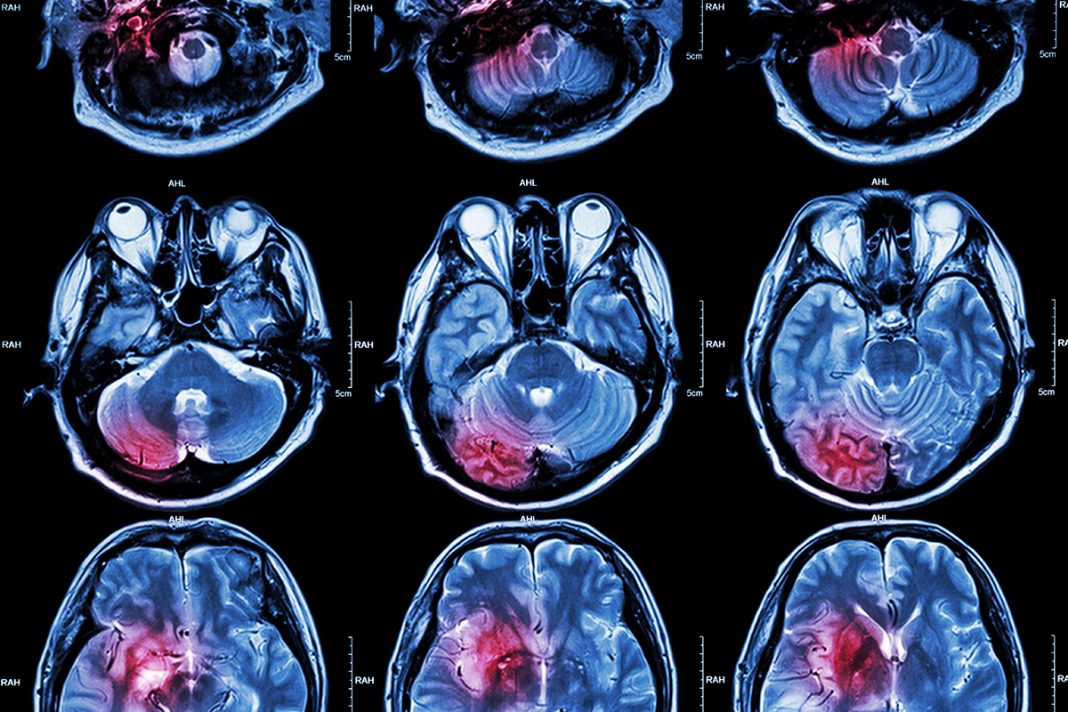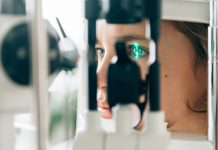Jeff Wyrtzen, Chief Marketing & Business Development Officer at Brainomix explores the impact of the e-Stroke thrombectomy platform and its implementation across the supraregional network
The Royal London Hospital is a leading, internationally renowned teaching hospital in east London, part of Barts Health NHS Trust. Home to London’s Air Ambulance service and one of the capital’s leading trauma and emergency care centres, it also serves as a comprehensive stroke centre that delivers a 24/7 mechanical thrombectomy service to patients with acute ischemic stroke in London and across much of Southeast England. In fact, the Royal London Hospital, Essex, East of England & Kent Stroke Network serves a population of over 9 million, making it one of the largest stroke networks in Europe.
A revolutionary way to manage patients
Brainomix’s e-Stroke platform has been widely implemented across the supraregional network, linking the Royal London Hospital with referring sites such as Colchester Hospital, Darent Valley Hospital, Maidstone Hospital, Kent & Canterbury Hospital, Ipswich Hospital, and Peterborough Hospital. “We now have the largest AI-enabled stroke network in the country, enabling us to quickly review images and make decisions across this large patch,” noted Dr Oliver Spooner, Consultant Stroke Physician, Barts Trust NHS Health.
Dr Paul Bhogal, Consultant Interventional Neuroradiologist at the Royal London Hospital, also commented: “Brainomix has revolutionized the way that we are managing these patients, enabling us to quickly, effectively and accurately analyse images that have been conducted at other hospitals, speeding up our decision-making process around diagnosis, transfer and treatment.”
The impact of e-Stroke
To assess the impact of e-Stroke on the network, the Barts team performed a retrospective analysis of patients that underwent thrombectomy at the Royal London Hospital between July and mid-December of 2021. This included patients referred from external sites that used e-Stroke, as well sites that did not use e-Stroke. A total of 112 patients were referred for thrombectomy during this period, with 26 presenting locally and 86 from external sites. One-third of the referring sites were actively using e-Stroke software as part of their patient referral process.
The results showed that the door-in- door-out (DIDO) times were significantly faster at sites using e-Stroke, dropping from an average of 183 minutes down to 125 minutes, a savings of nearly 1 hour. Sites with e-Stroke also demonstrated shorter time of arrival to ambulance request, and shorter time of arrival to initial referral. This speed of treatment is essential, as each minute represents a loss of nearly 2 million neurons.
Dr Spooner spoke further about the impact that e-Stroke has had on their regional stroke service: “Before e-Stroke was implemented, the network delivered 96 thrombectomies. In the first year of using e-Stroke, thrombectomy increased to 256 thrombectomies. More importantly, from a patient outcomes standpoint, the implementation of e-Stroke was associated with a significant improvement in functional independence rates (defined as mRS@90 days 0-2), going from 33-41.4% to 55.8%.”
Dr Bhogal commented on the ongoing collaboration and partnership between Brainomix and his colleagues at The Royal London Hospital: “For us, Brainomix offers the right balance of scientific evidence, ease of use, and as with our own department, a track record of delivering steady and consistent improvements in their AI stroke solutions. One of the main reasons we chose Brainomix was their commitment to really listen to us, and their enthusiasm to form a truly collaborative partnership. As we are a team of consultants closely involved in research and development of stroke care, this partnership approach is critical. As a UK-based, Oxford spin-out with frontline NHS clinicians on their team, Brainomix understand the challenges faced by NHS trusts better than companies based elsewhere.”
*Please note: This is a commercial profile
© 2019. This work is licensed under CC-BY-NC-ND.











